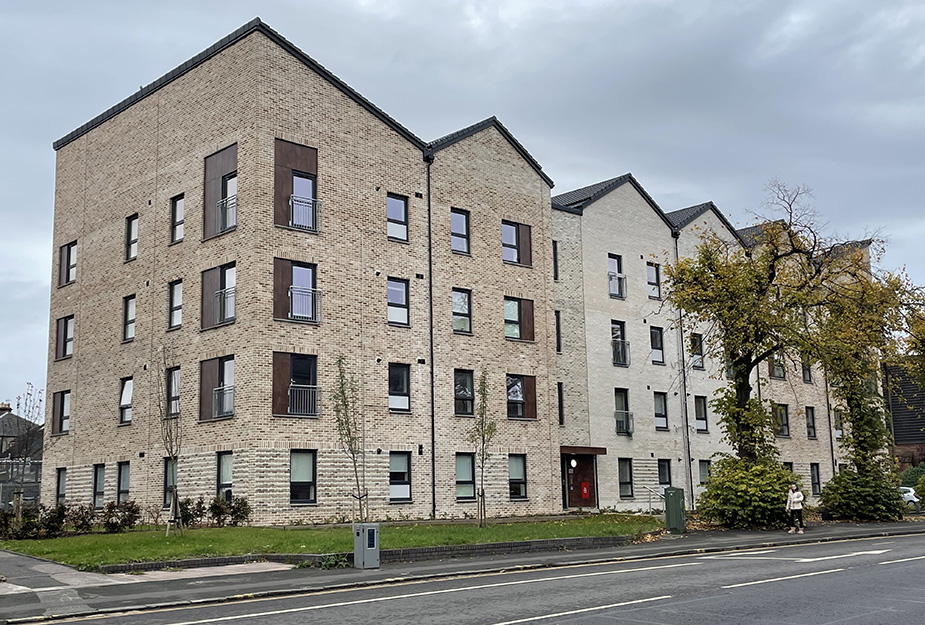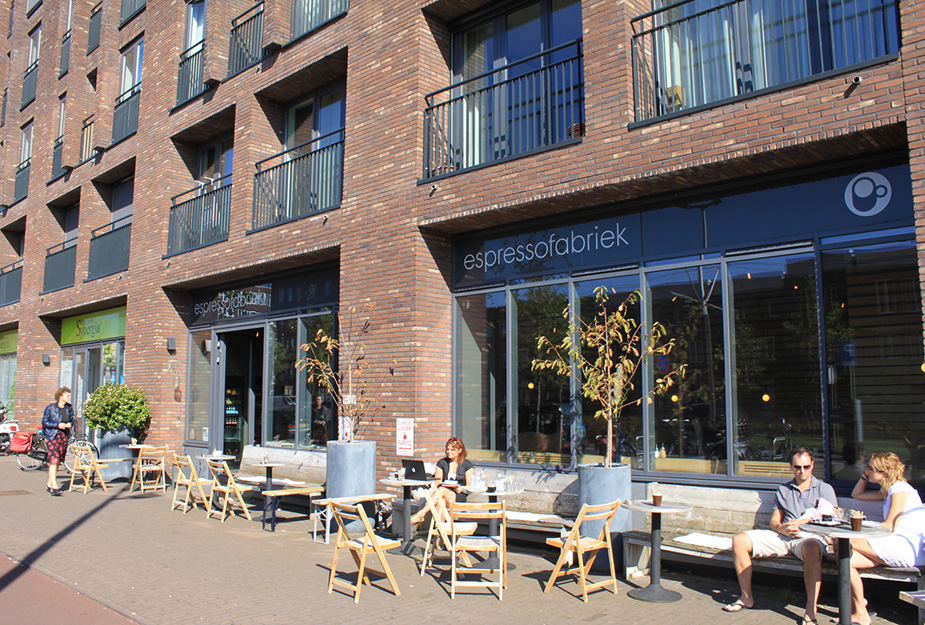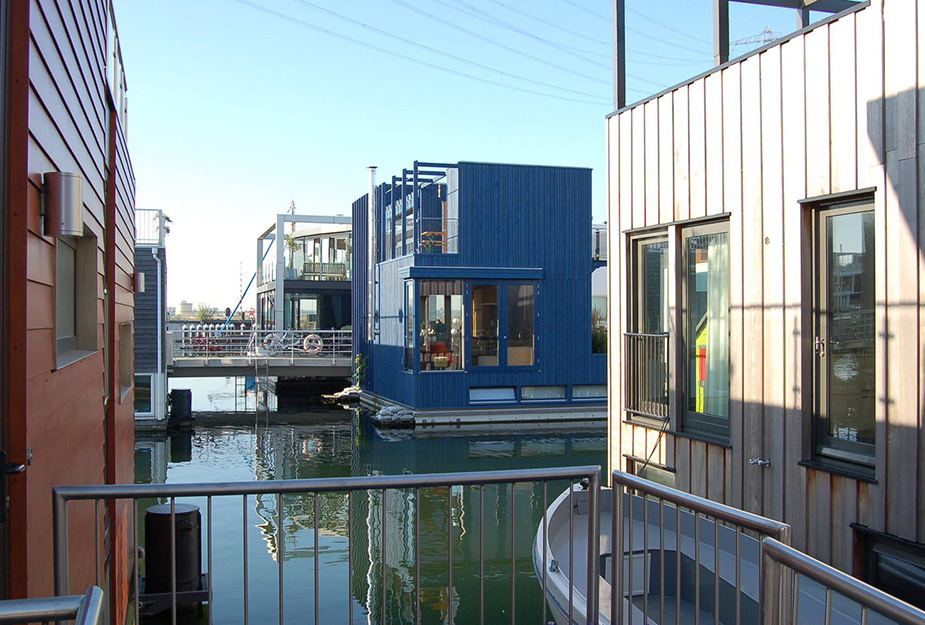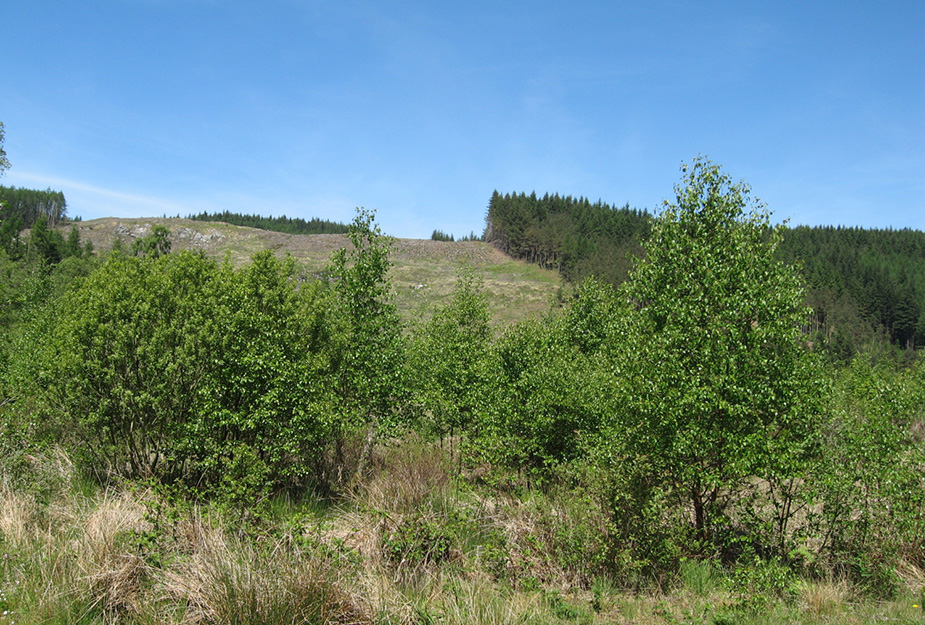Value of design: diversity is the key

(9 August) Our Board member Alistair Scott shares his thoughts on how design is the key to creating thriving, sustainable communities, emphasising diversity and long-term vision over short-term gains.
Design is a difficult process to define. At its simplest, it is a way of finding holistic solutions to complex problems and its value is often best explained through examples. Its value might lie in a functional kitchen, an exciting playground or a view of nature from a well-placed window in a hospital ward. At the larger scale it might be a successful neighbourhood, where children can walk to school, residents have local shops and important historic buildings and landscapes are cared for.
Design’s role in creating thriving communities
That larger, strategic scale is particularly important as it creates our settlements of the future and design input at an early stage can provide many years of both social and economic payback. This is particularly true today as we try to address our housing emergency, as in the past simply meeting numerical targets has led to poor long-term decisions. Over the past 25 years, we have had to replace much of the housing stock built in the 1960s and 70s – this is a mistake we must avoid repeating. Good design can help this and also avoid the loss of substantial areas of the greenbelts which surround our towns and cities, by allowing existing (brownfield) sites to be used instead.

Diversity as a key design principle
One of the key “values” that design can bring is that of diversity. Our society sees the advantages of social, racial and gender diversity, but we often don’t recognise it in our built environment. Diversity is the key to sustainable settlements; nature knows this well and it is as true of a housing neighbourhood as it is of a forest or an ocean. Look at our most successful places – the ones people choose to live in or to visit for pleasure. I am thinking of Edinburgh (my home), York, Amsterdam or Barcelona, what they all have a rich mix of uses and building types which allow social integration and economic resilience.

The places I mentioned have obviously acquired this diversity over centuries of overlapping development, but if we recognise the value of diversity, we can employ design to help achieve it as we address today’s issues. The irony is that, although diverse places are our most economically successful, our economic system tends towards producing monocultures. This can be clearly seen in the many new housing developments surrounding our towns, where acres of standard house types are provided by housing developers, while the local authority tries to provide schools and other community facilities. Usually, the developers get the blame for this situation, but they are only playing a part in a complex system, so we need look at this more holistically.

Investing in design for a better future
Diversity is difficult to achieve. It needs lots of effort by lots of people, but the long-term value lies in thriving, sustainable places, and someone needs to recognise this at the beginning and support the process of design, master planning and community engagement which will provide success. In the current system the housing developer operates on a “buy land / build / sell and go” system and the buyer is often remote from the long-term value, which is away in the future. So, as far as I can see, the civic authority is the only player who can guide this process. They too have their challenges – meeting housing targets, lack of finance etc, and in this situation it takes courage to stand up for long- term values such as diversity, hence we need to support those who do.
So, we need to value design and provide the resource and time it takes. Diversity is one of the most important advantages we will gain and that will make better places - which will be our economic success stories of the future.

About the author
Alistair Scott is recently retired architect with wide experience of urban and neighbourhood regeneration. He was one of the founders of architects Smith Scott Mullan and is currently a board member of Architecture and Design Scotland.
Header image caption: Many current housing developments focus on a single use – in this case apartments.
All images credited to Alistair Scott
The value of design
In June 2024, we launched the value of design campaign to talk about what we mean by design and how we think it can improve people’s lives. This article is part of a series of short thoughtful pieces that explores how thoughtful design can transform communities, boost opportunities, and improve overall well-being.
